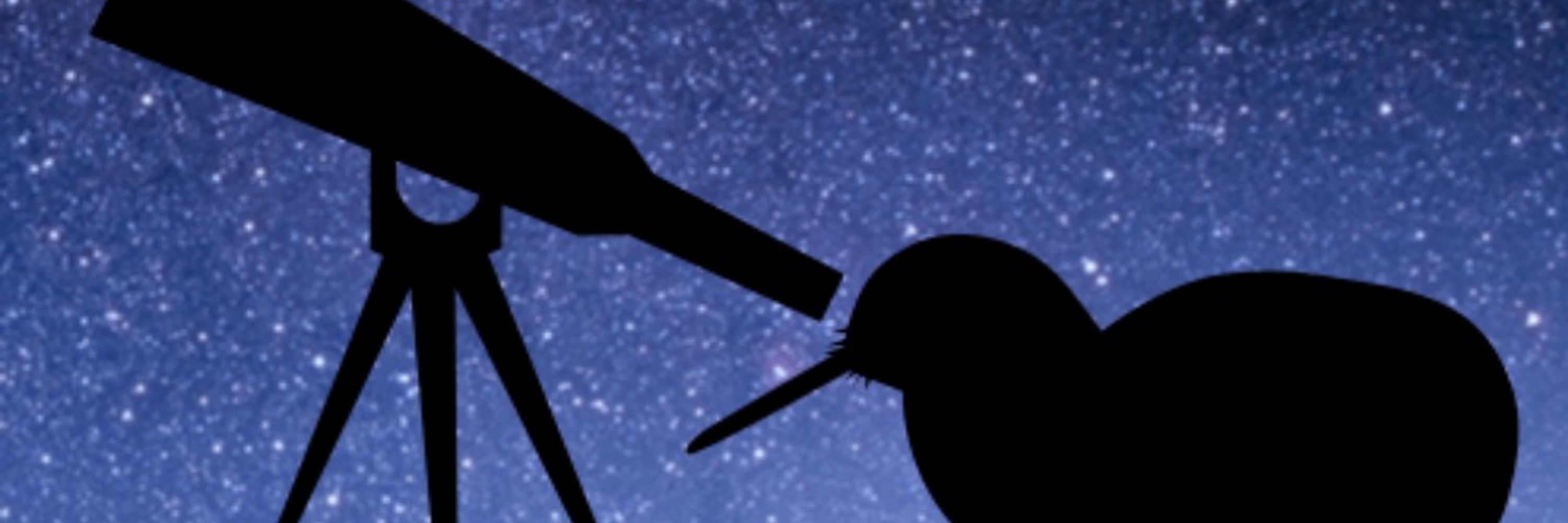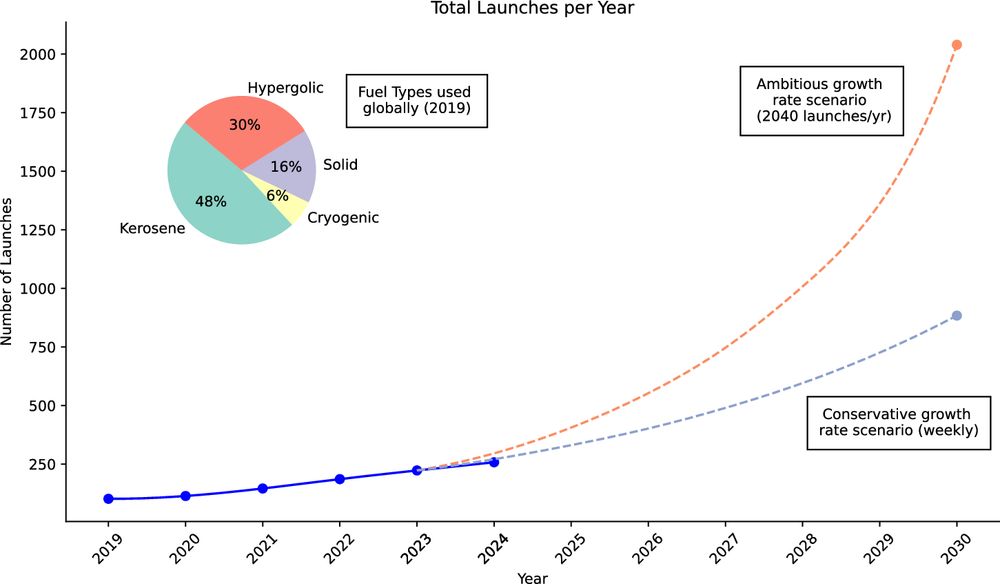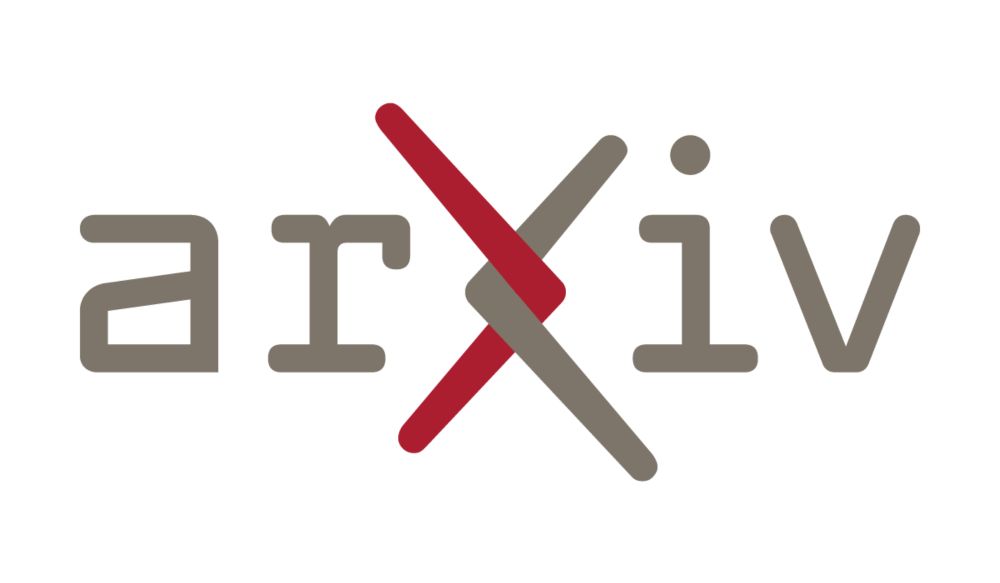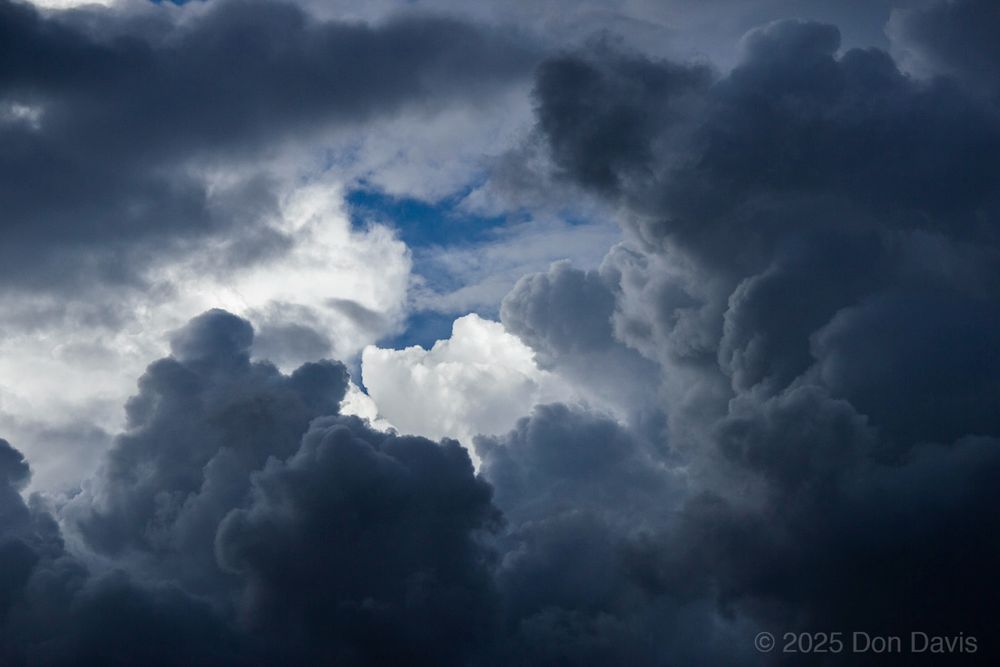Michele Bannister
@astrokiwi.bsky.social
11K followers
1.2K following
2.2K posts
Planetary astronomer @UCNZ: envisioning worlds from here and elsewhere, in a dark & glorious sky. Rutherford Discovery Fellow. Asteroid (10463). Pākehā; she
Posts
Media
Videos
Starter Packs
Reposted by Michele Bannister
Reposted by Michele Bannister
Reposted by Michele Bannister
Reposted by Michele Bannister
Reposted by Michele Bannister
Reposted by Michele Bannister
Reposted by Michele Bannister
Reposted by Michele Bannister
Reposted by Michele Bannister
Reposted by Michele Bannister
Reposted by Michele Bannister
Reposted by Michele Bannister















